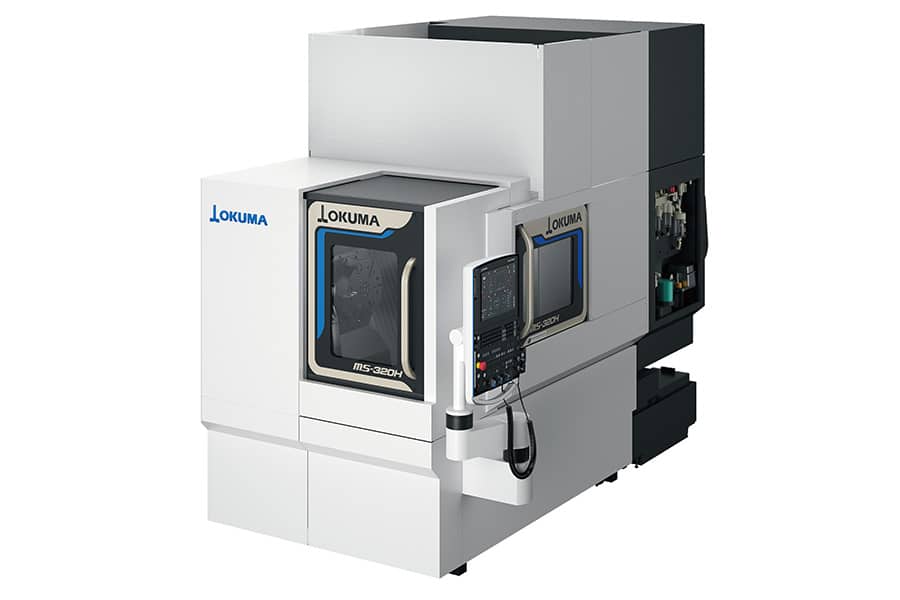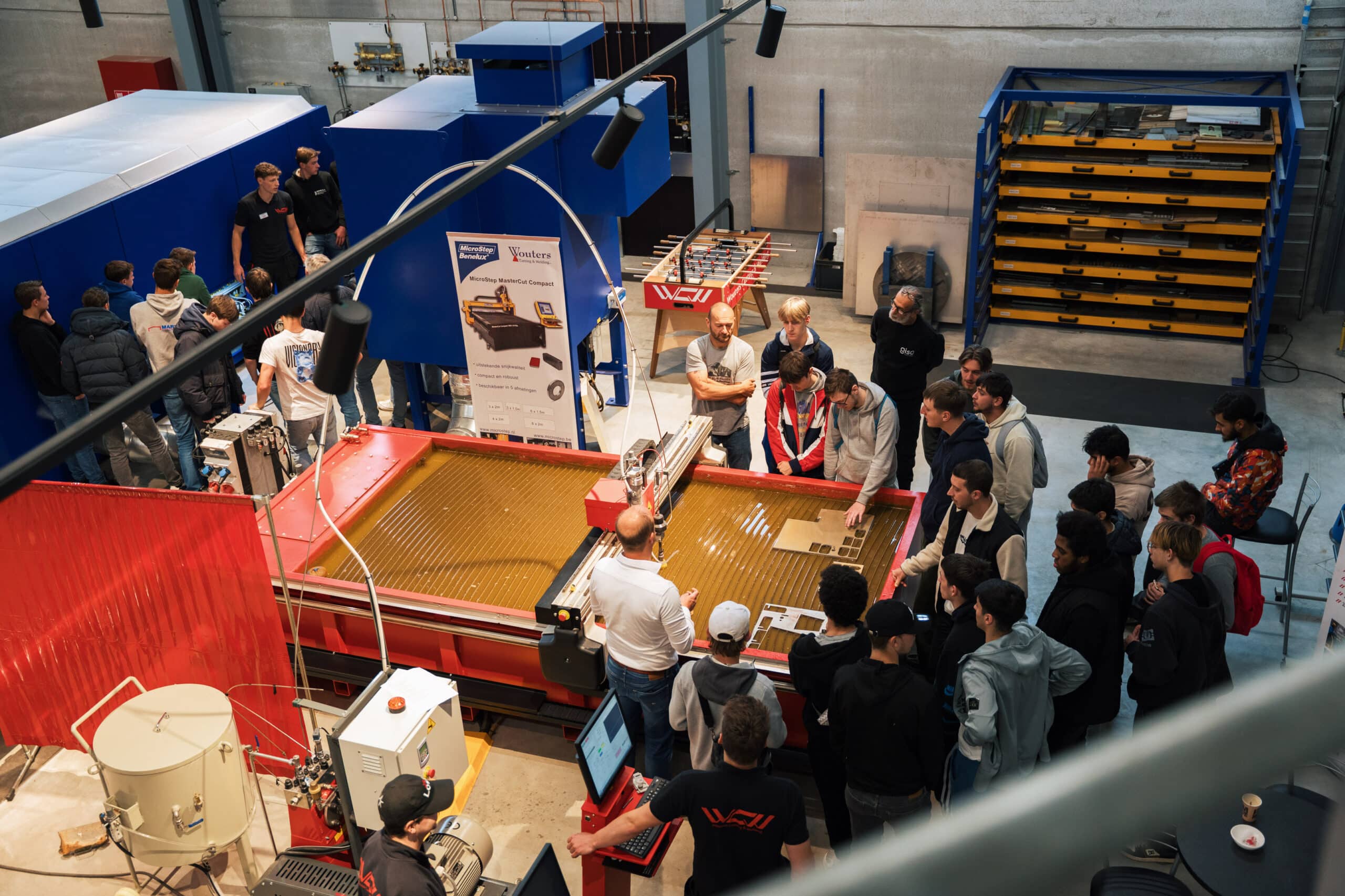
Long-stroke powerhouse for collaborative applications
The SCHUNK Co-act EGL-C long-stroke gripper is a milestone that paves the way for intense cooperation between humans and robots. The world's first long-stroke gripper for collaborative applications achieves high gripping forces of up to 450 N combined with a long stroke of 42.5 mm per finger. The intelligent 24 V powerhouse is capable of handling workpiece weights of up to 2.25 kg and can be used in a wide range of applications. And as an added benefit, the components will be certified by DGUV for HRC applications, just in time for market launch in late 2019.
While until now the gripping force of SCHUNK's DGUV-certified grippers has been limited to 140 N per finger, the company is now moving toward a completely innovative range of components with the Co-act EGL-C. For the first time, SCHUNK will further develop the potential of human-robot collaboration for handling larger weight loads than in the assembly of small parts. With this, the market leader in gripping systems and clamping technology is primarily targeting automotive-related suppliers and the car manufacturers themselves, who are working intensively on relevant HRC scenarios. In addition, the specialists of the SCHUNK Co- act team are also focusing on other industrial applications, such as machine construction, where the powerful gripper can efficiently speed up HRC applications, which was previously impossible due to the unavailability of reliable drive systems in the load range up to 2.25 kg.
Force and displacement measurement combined
To comply with the biomechanical limits specified in ISO/TS 15066 despite the high gripping force, the SCHUNK Co-act EGL-C gripper is equipped with combined force and displacement measurement. Force-measuring clamps and incremental encoders are integrated in the base clamps that permanently monitor the respective gripping force and position of the gripper fingers. The gripping procedure stored on the rotating gripper is divided into several stages. The gripping force is limited to 30 N at a theoretical distance of 4 mm from the applied workpiece, which is much smaller than the thickness of a finger. If a collision occurs during this approach phase, for example through contact with the operator's hand, the gripper immediately assumes a safe grip without risk of injury. Only in the second phase, at a workpiece distance < 4 mm, do the fingers close with the user-adjustable force of up to 450 N. If the system measures flexibility in this closing phase, for example because a gripped workpiece is too small and the operator wants to remove it manually, this movement also stops automatically. The same applies if the expected dimensions of the workpiece are exceeded by 2 mm, for example, because a part is missing. In the third phase, the gripper detects whether the part is safely gripped and then activates the integrated gripping force retention by applying the brake. This means that the gripped workpiece can never fall, even in case of an emergency stop. Moreover, no reference is needed in case of a power failure.
Plug & Work
The high-performance long-stroke gripper from the SCHUNK Co-act series comes fully pre-assembled and is available with the corresponding interfaces for HRC robots, including those from KUKA, YASKAWA, FANUC, Universal Robots and NACHI, making it easy to commission quickly via Plug & Work. A startup wizard assists in the programming process. In addition, a diagnostic interface provides access to key process and status data of the gripper while it is in operation. For smooth and intuitive user interaction, the gripper is equipped with LED lighting in traffic light colors, indicating the status of the module.
The smart SCHUNK Co-act EGL-C can optionally be controlled via PROFINET, EtherCAT, EtherNet/IP, Modbus/TCP or TCP/IP. To save space, the complete control and regulation electronics are installed in the housing, allowing decentralized operation. Thanks to the operating voltage of 24 V DC, this gripper can also be used in mobile applications. The stable guides and a brushless servo motor provide for a high degree of robustness and long-term, reliable operation with minimal maintenance costs. The gripper will be available from the end of 2019.



